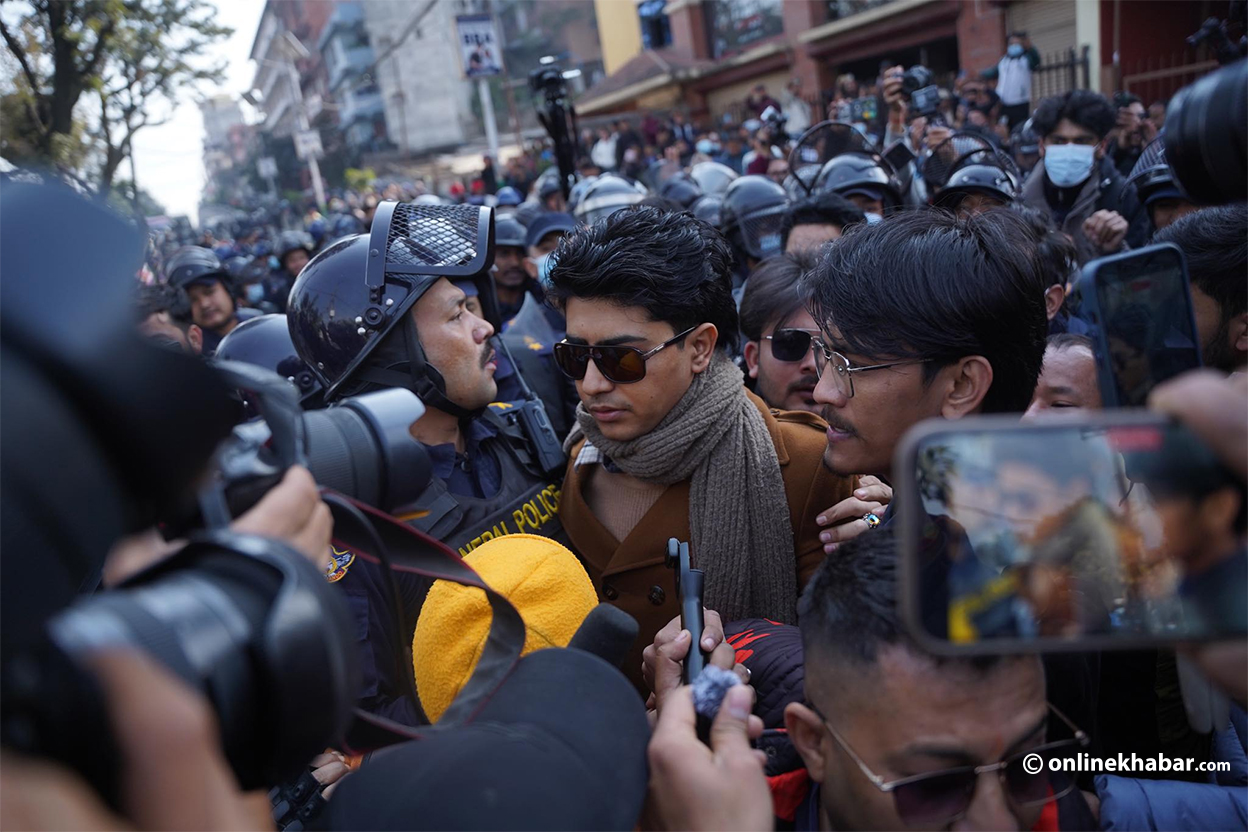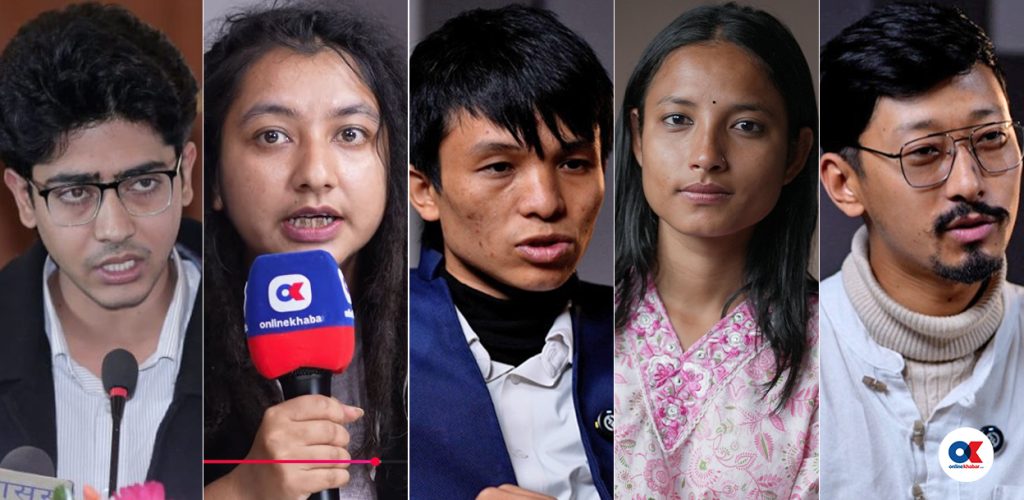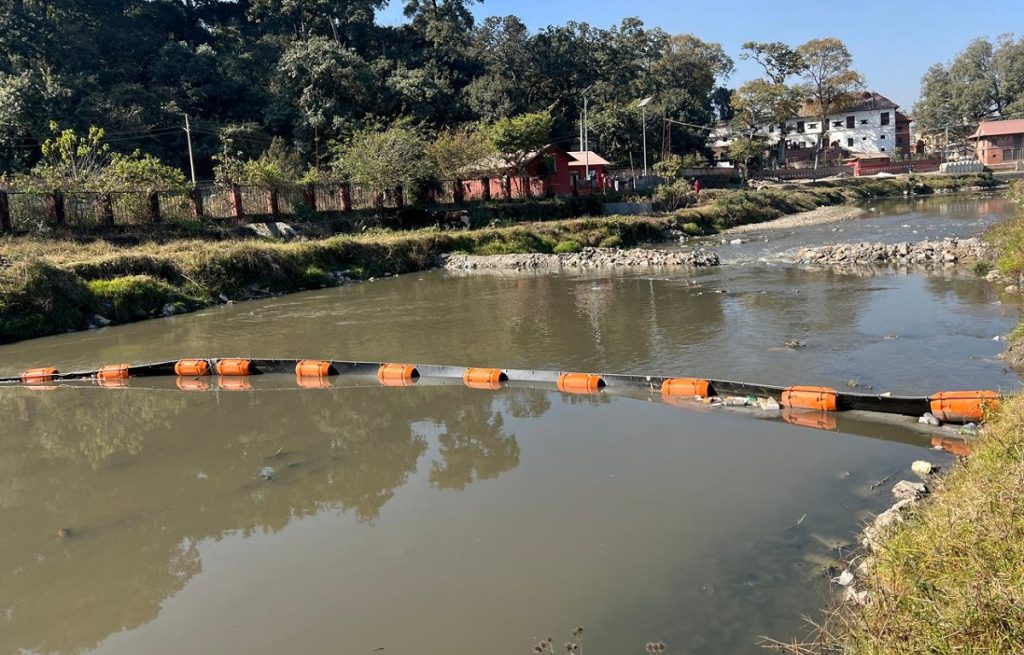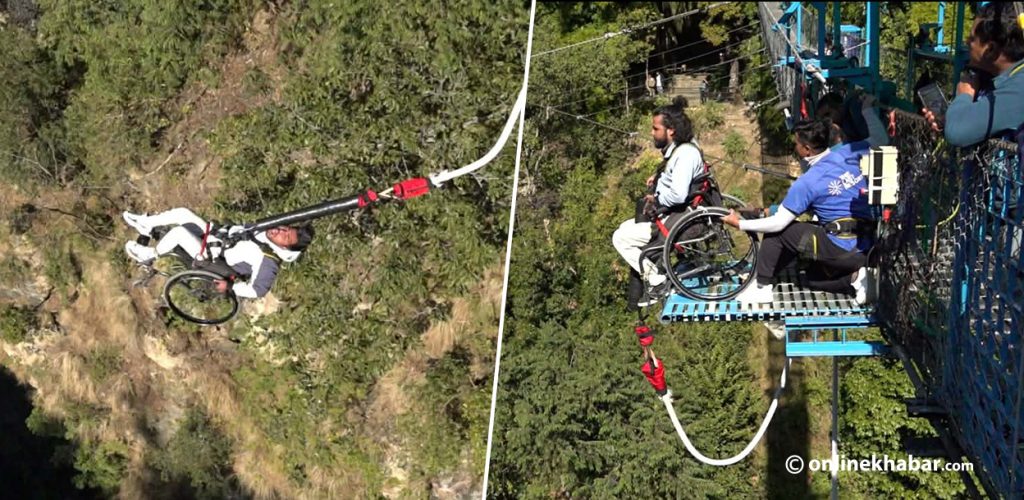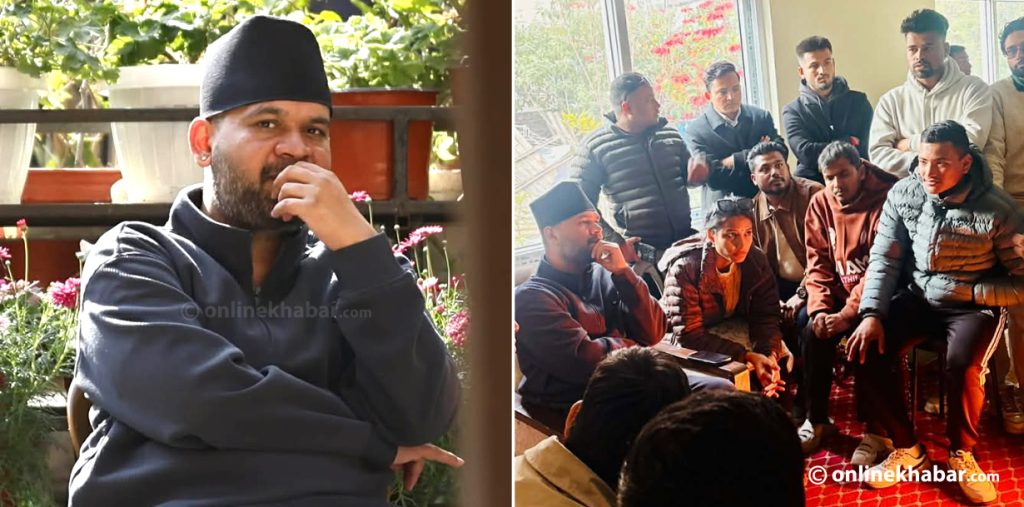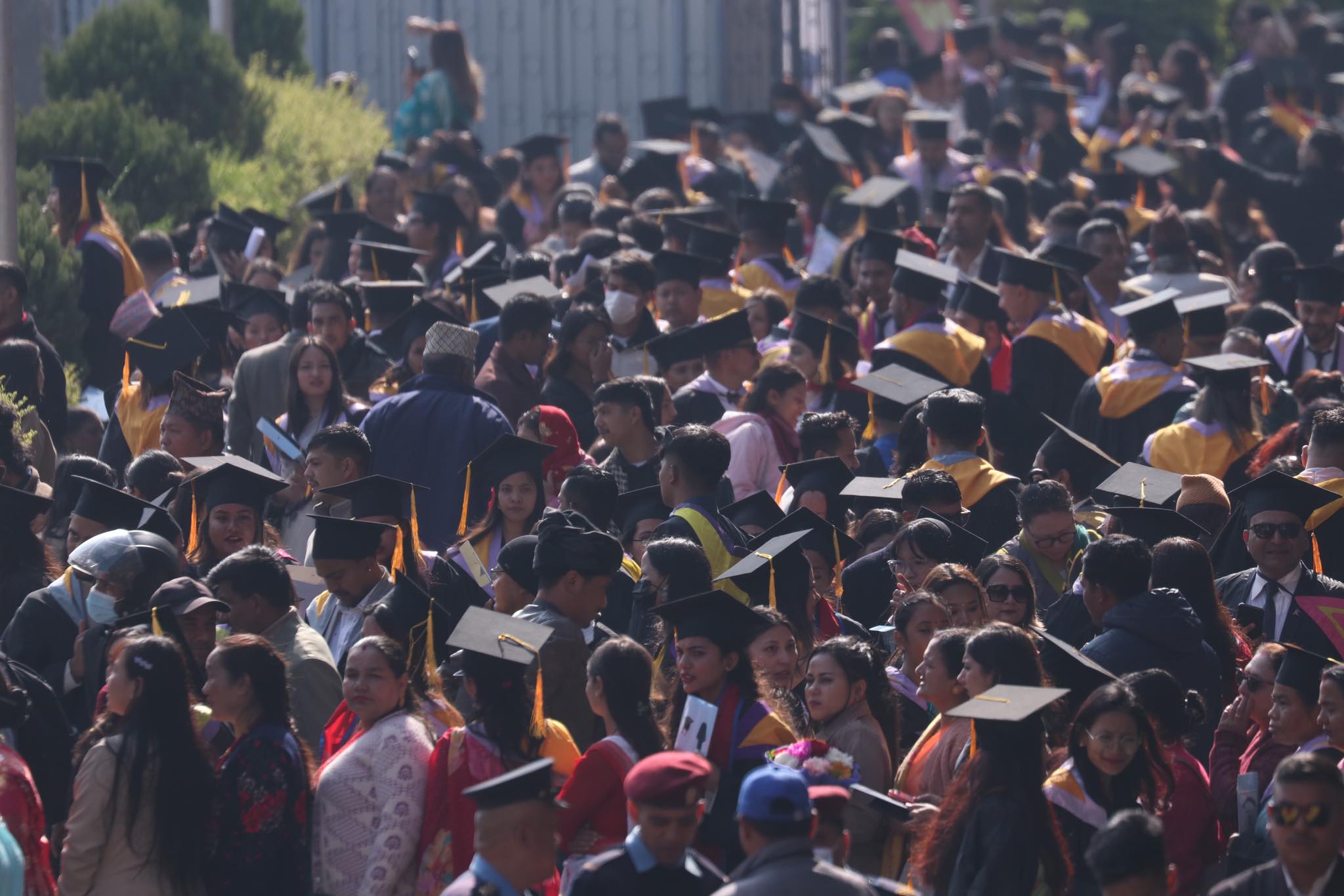
In Mugu’s Gamgadhi, under the soft light of an afternoon, a shopkeeper balances his phone against a jar of biscuits, streaming the village dance festival live to family members in Kathmandu. Ten years ago, such a connection would have been impossible. Today, it is part of everyday life for many Nepalis, a small example of how the digital wave is touching even the country’s most remote corners.
For a nation as rich in cultural heritage as Nepal, this shift raises a critical question: how do we study culture when so much of it is unfolding on screens, in chat groups, and across virtual platforms? The answer lies in digital anthropology, the study of how technology, from smartphones to artificial intelligence (AI), is reshaping human life.
Beyond tradition alone
Anthropology, the study of human societies, cultures, and their development, has long sought to understand how people live, think, and adapt in different environments. In Nepal, this has often meant documenting archaeology, rituals, kinship systems, and oral histories.
These remain essential, but the 21st century has added a new cultural layer. Facebook is used to organise religious events, TikTok to showcase folk dances, and mobile payment apps to run small businesses in rural towns. Ignoring the digital dimension means missing a vital part of how culture is changing.
At the recent International Conference on Anthropology of Nepal and the Himalayas, organised by the Central Department of Anthropology , Tribhuvan University at Lalitpur, digital anthropology moved to the forefront. Panels such as Digital Space, Digital Divide drew packed audiences debating whether AI and mobile technology are changing what it means to be Nepali.
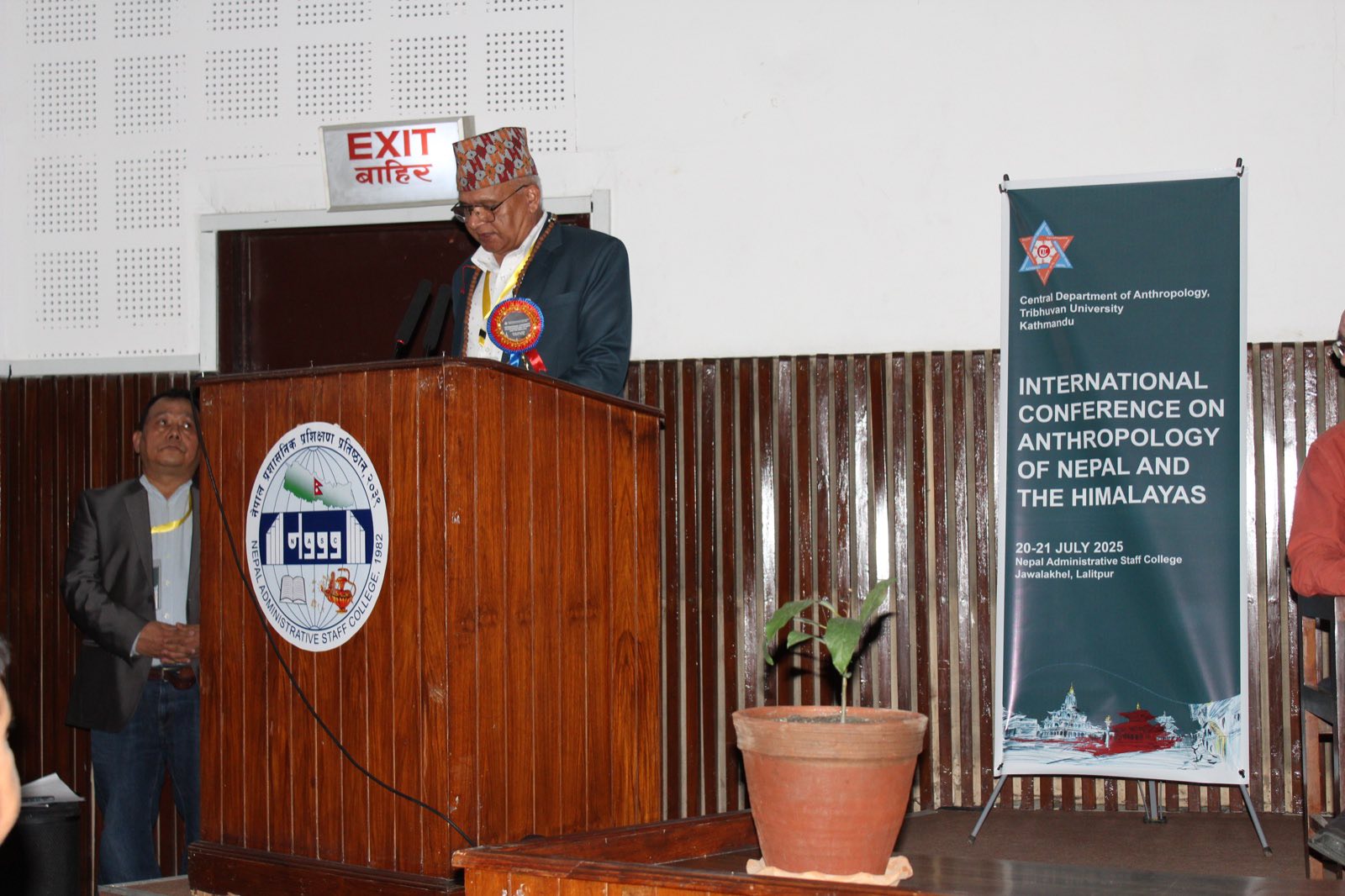
“People often think of anthropology as a subject focused exclusively on the past or on remote societies,” said Prof Dr Binod Pokharel, Head of the Central Department of Anthropology. “But today’s anthropology must engage with AI, social media, and mobile technology because these technologies are reshaping our societies.”
Its inclusion at this year’s conference signalled more than just a new topic on the schedule. It reflected a wider transformation in academic discourse. Just as anthropology departments worldwide are expanding into themes like climate change, medical anthropology, and migration studies, the recognition of digital anthropology marks Nepal’s engagement with the pressing questions of the 21st century.
Opportunities and gaps
Digital anthropology offers new ways to understand Nepal’s rapid social changes. Researchers can study how migrant families use online platforms to maintain ties, how political movements spread through social media, or how indigenous knowledge is archived digitally. This research can inform policy, education, and cultural preservation.
Yet, as Prof. Pokharel admitted, “Neither I nor my colleagues have formal specialisations in digital anthropology. It would be groundbreaking if the new generation steps forward to fill this critical gap.”
Nepal has no dedicated courses or faculty for digital anthropology, and even joining global academic conversations can be difficult. At the conference, more than a dozen international scholars had offered to present virtually, but limitations on internet connectivity and limited equipment made it impossible.
Expanding the anthropologist’s toolkit
Traditional ethnography has relied on long-term, in-person fieldwork. Digital anthropology expands this to include virtual interviews, social media analysis, translation tools, and satellite imagery.
During the Covid-19 lockdown, Nepali UGC (University Grant Comission) experts evaluated institutions entirely through video conferencing, something unthinkable a decade ago. Globally, anthropologists use AI tools to transcribe multilingual interviews, mapping apps to track migration, and online forums to study cultural debates. These methods can be adapted to Nepal’s unique mix of tradition and modernity.
The digital wave in Nepal
Internet penetration has surged, and even in remote Karnali and Far West regions, the digital wave has started to arrive. In these areas, only certain pockets have consistent access, often through mobile banking, messaging apps, and solar-powered devices. While this marks an encouraging start, the broader transformation is still in its development phase and will require sustained investment in infrastructure, skills, and affordability.
Globally, digital anthropology has already shown its value in understanding such transitions. In India, researchers have studied how rural women use WhatsApp for microfinance. In the Pacific Islands, it has helped preserve endangered languages through Facebook groups.
In Africa, mobile payment systems like M-Pesa have been studied for their cultural as well as economic impact. The academic roots of digital anthropology are also growing worldwide. Daniel Miller at University College London is known for his ethnographic work on social media use across cultures.
Heather Horst’s Caribbean research explores digital media’s role in migration and family life. Both scholars have shown how the field blends technology with deep cultural analysis. Their work demonstrates that rigorous scholarship can emerge from both online and offline spaces, offering a model Nepal could adapt to its own unique context.
Why it matters for Nepal
For Nepal, developing digital anthropology as a formal academic field could transform the discipline itself. It would expand the scope of anthropology to include online ethnography, data analytics, and the study of digital communities, while still valuing in-person fieldwork.
This would not only strengthen research but also open doors for collaboration with technology, policy, and education sectors. It would ensure that anthropology, the study of people, remains relevant in a time when human life is increasingly mediated through screens and networks.
Looking ahead
Nepal’s culture has never been static. It has been shaped by trade routes, migration, and political change, and today, by the digital realm. The question is whether we will study this transformation seriously or let it unfold undocumented.
As Prof Pokharel put it, “We study people, and people’s lives are now intricately tied to digital technologies. Digital anthropology is not merely an international trend; it is essential and urgently relevant to Nepal today.”
If embraced, digital anthropology could position Nepal as a regional hub for research and training in the field. Tribhuvan University, with the right investment, could develop dedicated programs, produce policy-relevant insights on technology’s social impact, and train a new generation of anthropologists equipped for the AI era.
In doing so, it would not only document how technology is changing the country but also ensure that Nepal’s rich cultural heritage informs the ethical and inclusive shaping of its digital future.





